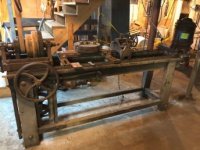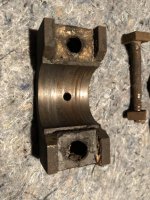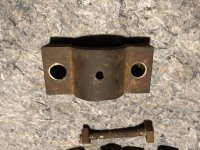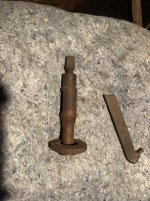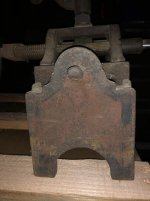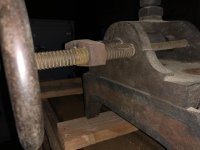MP_Industrialist
Plastic
- Joined
- Oct 13, 2018
So I figured I would start a new thread on the work that will go into getting this old lathe back into operating condition. I would ideally like to set it up for transportation eventually as well to show at maybe schools and or machinery meetups. Additionally, I would greatly appreciate any and all advice on how to properly restore/clean up this old gal. Also feel free to put in your two cents on possible age and maker.
I will get detailed photos this weekend of all the parts and try to set it up to get an idea of what we are working with. For now I leave you with the photo of when I found her. Sitting in a basement in Goshen, CT. Im going to try and talk to local machine guys/gals and see if anyone knew the former owner. Im also talking to the former owners daughter.
I will get detailed photos this weekend of all the parts and try to set it up to get an idea of what we are working with. For now I leave you with the photo of when I found her. Sitting in a basement in Goshen, CT. Im going to try and talk to local machine guys/gals and see if anyone knew the former owner. Im also talking to the former owners daughter.


